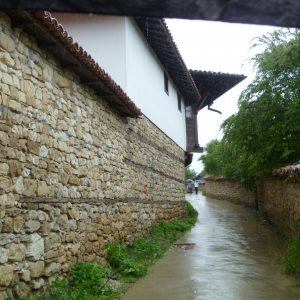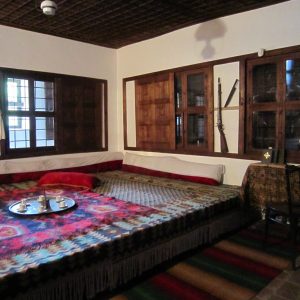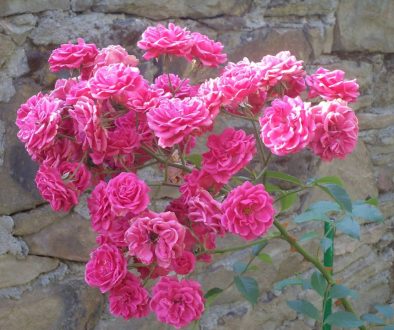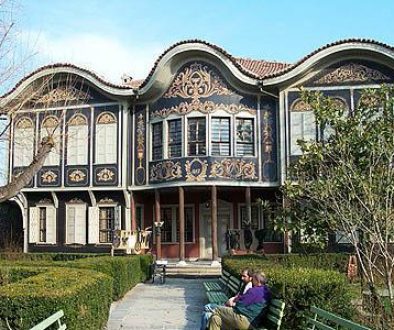Arbanasi
 Arbanassi was founded in the late 15th centry by Christians coming from the south-western parts of the Balkan Peninsula – Bulgarians, Greeks and Albanians. For several decades it was ruled by different Ottoman dignitaries and in mid 16th century it became the property of Roustem Pasha, the Grand Vizier of the Ottoman Empire. The population enjoyed lower taxes and other privileges in return of the obligation to guard the nearby mountain pass. Thus the settlement grew and prospered attracting new settlers in the vicinity.
Arbanassi was founded in the late 15th centry by Christians coming from the south-western parts of the Balkan Peninsula – Bulgarians, Greeks and Albanians. For several decades it was ruled by different Ottoman dignitaries and in mid 16th century it became the property of Roustem Pasha, the Grand Vizier of the Ottoman Empire. The population enjoyed lower taxes and other privileges in return of the obligation to guard the nearby mountain pass. Thus the settlement grew and prospered attracting new settlers in the vicinity.
The well-to-do Arbanassi merchants carried on trade with all corners of the Ottoman Empire and the countries of Central Europe. They established close contacts with Italy, Austria-Hungary, Russia, Wallachia and India and engaged in large-scale financial transactions between European cities and Istanbul. The village became the centre of many thriving crafts –goldsmith’s, coppersmith’s, blacksmith’s trade and silkworm breeding.
 The diverse ethnic background of the population, its active contacts with many countries and its economic vigour were the main condition for Arbanassi to become the home of a cultural blend unique to Bulgaria. Unique indeed are the 17th and 18th-century architectural and religions monuments that have survived to the present day – houses, streets, fountains, churches and monasteries, mural paintings, iconostases and icons.
The diverse ethnic background of the population, its active contacts with many countries and its economic vigour were the main condition for Arbanassi to become the home of a cultural blend unique to Bulgaria. Unique indeed are the 17th and 18th-century architectural and religions monuments that have survived to the present day – houses, streets, fountains, churches and monasteries, mural paintings, iconostases and icons.
The Konstantsalieva house was built in the 17th century. Its architectural design combines the austerity of the stone ground floor with the coziness of the richly decorated residential upper floors. It is the oldest surviving fortress house.
 Rojdestvo Hristovo (the Church of Nativity) is the oldest Arbanassi church. The mural paintings in the narthex were completed in 1638. The iconostasis is one of the earliest examples of woodcarving on Bulgarian territory. Most of the painted images in the gallery date from 1649. The mural paintings in the nave were completed in 1681 and represent the Feasts, the Passions and the Miracles of Christ.
Rojdestvo Hristovo (the Church of Nativity) is the oldest Arbanassi church. The mural paintings in the narthex were completed in 1638. The iconostasis is one of the earliest examples of woodcarving on Bulgarian territory. Most of the painted images in the gallery date from 1649. The mural paintings in the nave were completed in 1681 and represent the Feasts, the Passions and the Miracles of Christ.
Arbanassi’s times of prosperity lasted until the end of the 18th century when the village was pillaged and devastated by bands of Kurdjalii and its population sought safety elsewhere.
Today the village is back to new life as an architectural reserve. Its picturesque natural surroundings and unique cultural and historic heritage, its immediate proximity to V.Turnovo /4km/ make it an attractive place for visits.




2013-03-26 @ 1:58 am
Bulgaria is a great country, I’ve been there many times and love the place and the peolpe. However, investing in property there is to be treated with caution, as it, like all the worlds property destinations is definitly under more pressure than ever before.